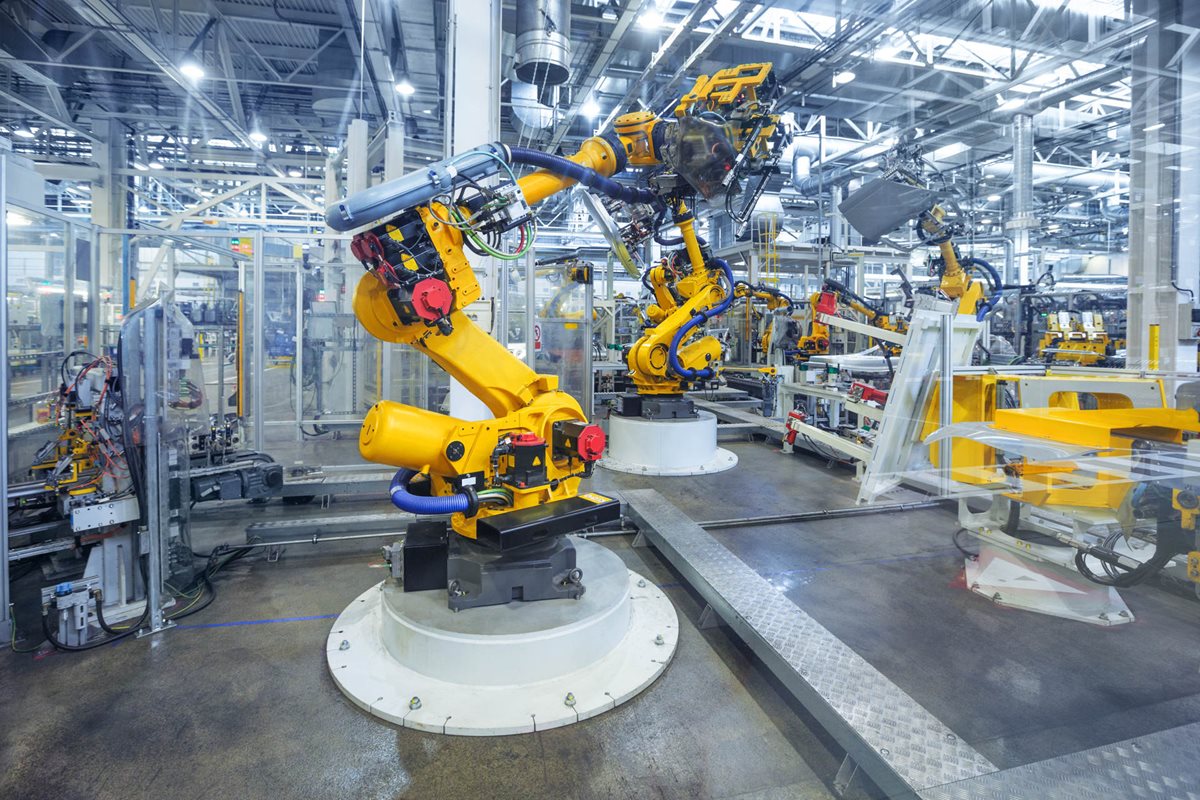Efficiency, economy and automation remain the watchwords of most C-suites and department leaders as global and local businesses face an uncertain future. Most are looking to build new products and services in a lean manner, with greater sharing of knowledge and a more joined-up approach across the business. To assist in these efforts, robotic process automation (RPA) is playing a key role.
Businesses that want to succeed need to operate in a smarter way than their rivals. Being smart is about using data better, rationalizing processes and encouraging the whole business to change for the better, rather than maintaining the status quo.
The good news is that any size of business, regardless of the scale of its ambition, can start on the road to process improvement, digital business or any of the other buzzwords that vendors and tech pundits love to utter. The ubiquity of cloud services and a growing range of vertical or market-focused products, such as RPA, enable any business to pick the right product for their business.
An RPA provider can take an overall look at the business and see the weaknesses as information flows through the company. The RPA solution can automate repetitive tasks and help link silos of data together, while saving huge amounts of time, which is why adoption is increasing. Analyst firm Gartner forecasts:
Put simply, an RPA robot can watch how a person performs a computer-based task, and then perform that task over and over again within one application or across a set of them. RPA tasks can involve moving data from one form (perhaps an email) to a spreadsheet or database. Or even access figures from timesheets and help produce the payroll. Other functions include form and order processing, setting up systems for new users, cleansing data of identifying information and many other tasks.
RPA across industries
RPA is one of a fleet of technologies that can help boost business performance for minimal investment, delivering huge ROI. Already, we see AI-powered chatbots helping companies with their customer services and a rapid rise in the use of Internet of Things autonomous services that monitor remote sites.
Among the software robotic or automated services, the rise of RPA has seen many business and office tasks simplified, reducing the number of steps that require human interaction, saving money and enabling worker time to be focused in other areas of higher value.
The financial sector
RPA has proven benefits in many sectors, but can have a huge impact on any business with outdated information storage, silos or services. In the financial sector, it can help bring data together and provide certification for transfer through accurate reading of data, the creation of audit trails and with security to protect the information.
For the tax function, the key benefits of RPA include an increase of speed and accuracy when it comes to moving data from various tax or finance forms to other data destinations, such as Microsoft Excel or tax solution software. It also reduces the risk of transposition errors, and enables taxation professionals to focus on the key issues and pain points that affect their office. Being able to answer client questions faster, and process their data quicker, improves customer satisfaction, both inside and outside the business.
Digital transformation in other industries
In other industries, RPA helps with digitalization projects, enabling digital transformation through sharing and analyzing product and process information across the business. RPA improves the speed of a process, helping boost production and driving data transparency while lowering cost and reducing downtime.
Whatever the business, using RPA frees up workers to perform more beneficial and valuable tasks. It can link diverse computer apps and systems together, saving on expensive integration projects and helps speed up processes and reduces cost. If the volume of data is there, RPA can also function 24 hours a day, seven days a week, focused on nothing but their singular task, no staring out the window or vanishing on refreshment breaks.
Whilst streamlining operations and making processes more efficient, RPA also ensures regulatory compliance and helps the business build a process-focused method of working, from which it can gain greater analytical insights from its data. We see plenty of high-value examples where RPA has been deployed across both small and large organizations, with many businesses starting with one process and then evolving to use RPA across a number of areas, helping improve the overall performance of a business or department.
Eliminate mistakes with RPA
The critical benefit of RPA is that it helps avoid human error. RPA reduces the chance of common or costly mistakes, as there is no risk of transposition error, misreading numbers, fumbling the decimal point or any of the other all-too-human problems.
Human error when it comes to data entry is around 1%, with some studies showing 0.53% when it comes to technical or numeric data. Even so, one error can have a substantial impact from the cost of time in rechecking to correcting mistakes. Quality professionals cite the $1, $10, $100 rule for verification, repairing the error and correcting the problem if nothing is done. A prime example of this is the New York Stock Wobble aka the Flash Crash caused by a B instead of an M entered into a trade.
In the past, but with decreasing enthusiasm today, enterprises have outsourced labor heavy processes or bulk data processing tasks to offshore outsourcing companies. Many of these come back onshore or in-house some time later when the outsourcer increases prices, or product quality isn’t as high as promised or if other difficulties with the process are encountered. RPA offers the business a route to return those outsourced data processes back in house without increasing the cost. Using bots to complete these repetitive tasks allows you to take back control and increase consistency in your processes.
Further reading:
Access the latest business knowledge in IT
Get Access







Comments
Join the conversation...